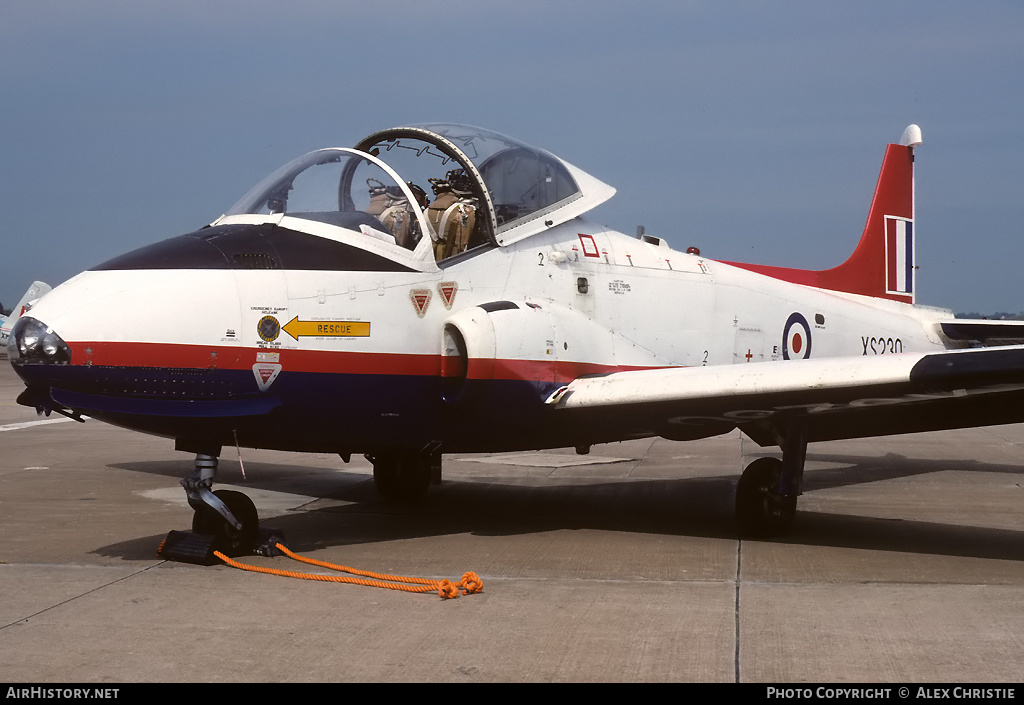Condottiere
Emperor Mongoose
Spaceships: Engineering and Reactionary Rocket Science
1. Crewed space vehicles must be slowed to subsonic speeds before parachutes or air brakes may be deployed. Such vehicles have kinetic energies typically between 50 and 1,800 megajoules per kilogram, and atmospheric dissipation is the only way of expending the kinetic energy. The amount of rocket fuel required to slow the vehicle would be nearly equal to the amount used to accelerate it initially, and it is thus highly impractical to use retro rockets for the entire Earth reentry procedure. While the high temperature generated at the surface of the heat shield is due to adiabatic compression, the vehicle's kinetic energy is ultimately lost to gas friction (viscosity) after the vehicle has passed by. Other smaller energy losses include black-body radiation directly from the hot gases and chemical reactions between ionized gases.
2. Traveller design has a surprisingly large bunkerage potential.
3. So either Wikipedia or Traveller is correct, regarding non manoeuvred drive atmospheric reentry.
4. Does this actually matter?
5. I think in terms of maintaining and operating a rocket, compared to a gravitic based drive, you might actually not need engineers.
6. A mechanic might be enough to keep them operating, being more simplistic in construction.
7. While a comparatively similar performance manoeuvre drive is half the volume of a reactionary rocket, it's also five times more expensive.
8. If you can keep actual travel somewhat short hops, you can easily absorb the extra fuel costs.
9. And, I'll assume a mechanic is cheaper than an engineer.
1. Crewed space vehicles must be slowed to subsonic speeds before parachutes or air brakes may be deployed. Such vehicles have kinetic energies typically between 50 and 1,800 megajoules per kilogram, and atmospheric dissipation is the only way of expending the kinetic energy. The amount of rocket fuel required to slow the vehicle would be nearly equal to the amount used to accelerate it initially, and it is thus highly impractical to use retro rockets for the entire Earth reentry procedure. While the high temperature generated at the surface of the heat shield is due to adiabatic compression, the vehicle's kinetic energy is ultimately lost to gas friction (viscosity) after the vehicle has passed by. Other smaller energy losses include black-body radiation directly from the hot gases and chemical reactions between ionized gases.
2. Traveller design has a surprisingly large bunkerage potential.
3. So either Wikipedia or Traveller is correct, regarding non manoeuvred drive atmospheric reentry.
4. Does this actually matter?
5. I think in terms of maintaining and operating a rocket, compared to a gravitic based drive, you might actually not need engineers.
6. A mechanic might be enough to keep them operating, being more simplistic in construction.
7. While a comparatively similar performance manoeuvre drive is half the volume of a reactionary rocket, it's also five times more expensive.
8. If you can keep actual travel somewhat short hops, you can easily absorb the extra fuel costs.
9. And, I'll assume a mechanic is cheaper than an engineer.


